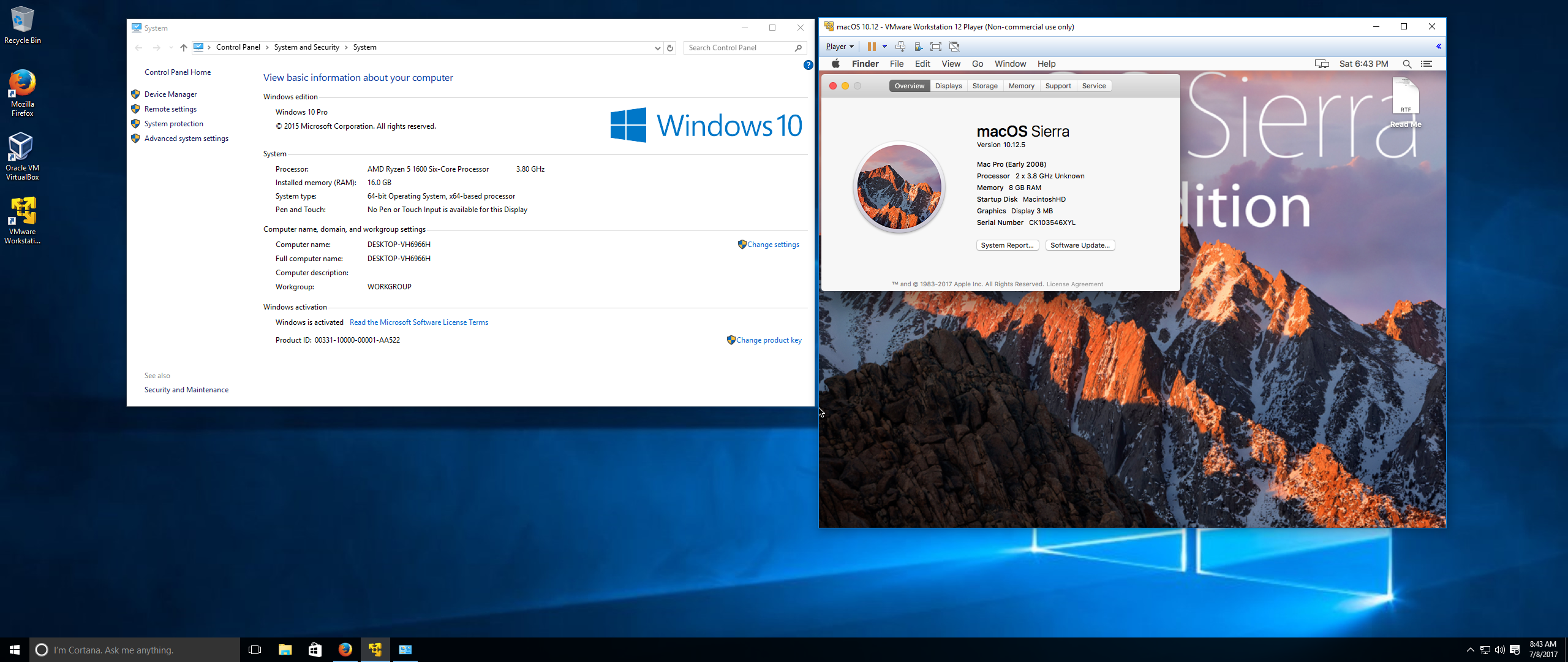
To run the examples you’re going to need an Ubuntu 16.04 system with a recent nvidia graphics card.

Now let’s get started with actually training our own version of Mask-RCNN. You can find more information on each of them in the References and Resources below. Okay, that’s a short overview of what the different parts mean and do. It adds an additional branch to the network to create binary masks which are similar to the ones we make when annotating images. Those regions are then used as bounding boxes if an object is found inside them.Īnd finally the “Mask” part of the name is what adds pixel level segmentation and creates our object segmentation model. Faster R-CNN adds a Region Proposal Network at the end of a CNN to, you guessed it, propose regions. Over time there have been improvements to the original R-CNN to make them faster, and as you might expect they were called Fast R-CNN and Faster R-CNN. R-CNNs are able to draw bounding boxes around the objects they find. That’s where the “R”, for “region” comes in. Plain CNNs are good at object recognition, but if we want to do object detection we need to know where things are. CNNs use less parameters and memory than regular neural networks, which allows them to work on much larger images than a traditional neural network. They learn filters that slide (“convolve”) across and down images in small sections at time, instead of going through the entire image at once.

CNNs were designed specifically for learning with images, but are otherwise similar to standard neural networks. When we train a neural network, we adjust neuron internal parameters to create the outputs we expect. A neural network is a collection of connected neurons and each neuron outputs a signal depending on its inputs and internal parameters. They’re an idea inspired by how we imagined biological neurons worked. We’ll start from right to left, since that’s the order they were invented. What is MASK R-CNN?īefore we jump into training our own Mask R-CNN model, let’s quickly break down what the different parts of the name mean. And all without having to think about which exact features we’re looking for. But by using deep learning we don’t have to change our approach much to get the same type of results on nearly any type of image dataset. With a simple dataset like the one we’re using here, we could probably use old school computer vision ideas like Hough (pronounced Huff) circle and line detection or template matching to get pretty good results. It gives every shape a clear boundary, which can also be used to create the results from the previous three. And finally, the hardest of the four, and the one we’ll be training for, object segmentation. Object detection separates out each object with a rough bounding box. Class segmentation adds position information to the different types of objects in the image. Object recognition tells us what is in the image, but not where or how much. Tasks become more difficult as we move from left to right.

Below are examples of what kind of information we get from each of the four types. These all sound similar and can be confusing at first, but seeing what they do helps clear it up. During your exploration of computer vision you may have also come across terms like “object recognition”, “class segmentation”, and “object detection”. This type of task is called “object segmentation”. This time our focus will be to automatically label all the shapes in an image and find out where each of them are, down to the pixel.
#RECTLABEL DOWNLOAD MACOS HOW TO#
If you want to learn how to convert your own dataset, take a look at the previous article. I’ve already went ahead and created a COCO-style version. We’re going to be working with an example shape dataset, which has different sizes and colors of circles, squares, and triangles on randomly colored backgrounds. We can now harness the raw power of thousands of cores to unlock the meanings behind the pictures. Until recently that is, when libraries for graphics processing units were created to do more than just play games.

Computers have always been good at number crunching, but analyzing the huge amount of data in images still brought them to their knees.


 0 kommentar(er)
0 kommentar(er)
